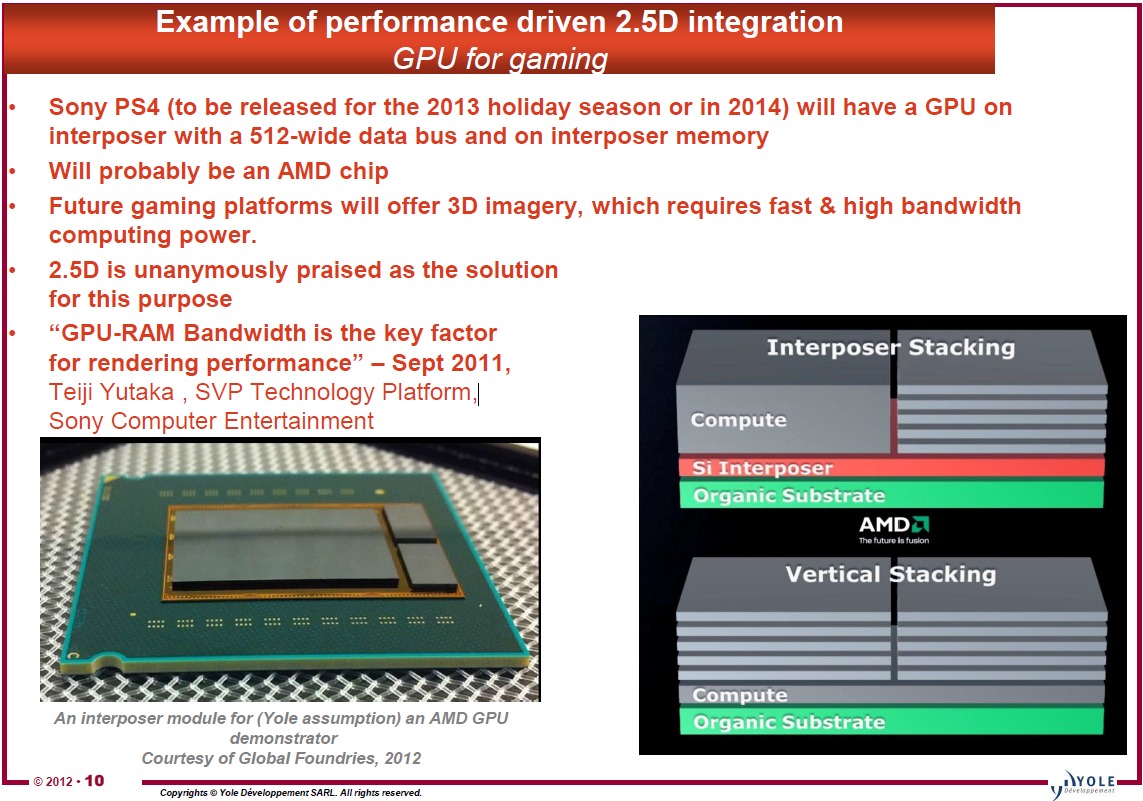Or that MS' customisations to the existing AMD designs mean that it's a much more complex APU than AMD has produced thus far.
Yeah, if you think about it, it really sounds like a complex design:
1 APU (allegedly) contains:
8 x86 core
1 ARM core for security
1 DSP
GPU
Any other mystery block
Embedded Memory that's not a cache
Those things have to talk to each other and the outside world in some sort of fashion. Seems to me that it would be a really big challenge to get all those things working together efficiently.


